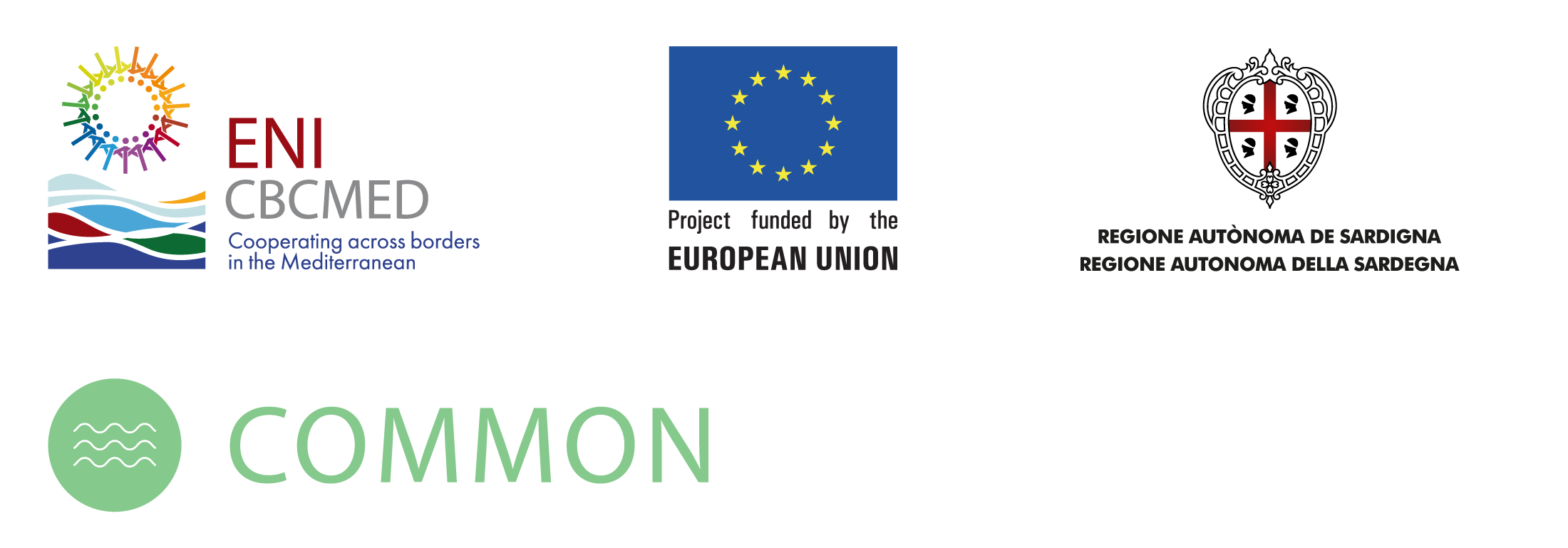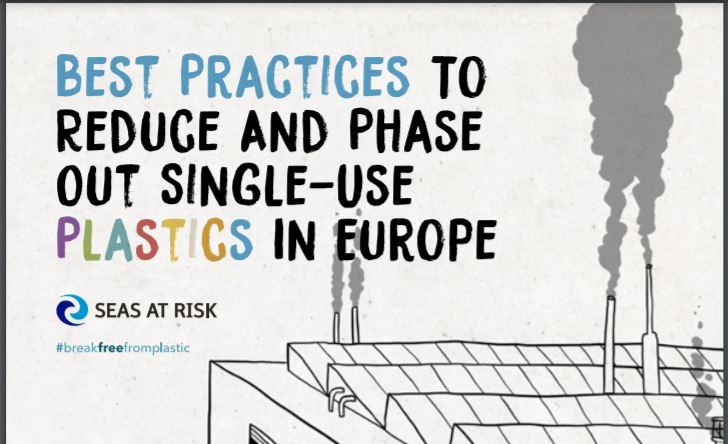Today, the Rethink Plastic alliance and the Break Free From Plastic movement released two reports, an assessment of policy measures adopted by EU countries to phase out single-use plastic and a catalogue of best practices that can be replicated or scaled up to support the transition. They show that further ambition is urgently needed and come as the period for EU Member States to transpose the Single Use Plastics Directive comes to an end on 3 July 2021. The COMMON project, with its BEach CLEAN campaign, was selected as a good practice and included in the Seas at Risk Best Practices report.
The Single Use Plastic Implementation Assessment differentiates between top performers and Member States lagging behind in implementing the mandatory EU measures to curb plastic pollution. Estonia, France, Greece, and Sweden are examples of countries on a strong track for the implementation of the Directive, while Bulgaria and Poland are just some of many Member States which need to urgently scale up their efforts. While the level of ambition varies significantly across EU Member States, it remains overall insufficient to ensure Europe actually moves away from single-use and towards a circular economy.
The Seas at Risk Best Practices report and interactive multilingual map, link EU policy measures with effective and concrete solutions, offering over 150 best practices to reduce and phase out single use plastics, including the COMMON BEach CLEAN campaign. The provided solutions have already proved to be effective, easy to replicate in other regions or to develop on a wider scale. They aim to encourage public authorities, businesses, schools, local communities and consumers to reduce single-use plastics and support Member states in implementing the Directive and go beyond.
To curb plastic pollution, the EU adopted in 2019 the Single-Use Plastics Directive that requires EU countries to implement a number of measures including: banning several single-use plastic items, including plates, straws and cutlery, by 3 July 2021; putting in place extended producer responsibility (EPR) schemes and single-use plastics marking requirements; adopting measures to achieve consumption reduction for single-use plastic cups and food containers; and by 2029, achieving 90% separate collection on single-use plastic bottles. Based on the assessment of European and national NGOs, the first report released today reveals the performance of all EU Member States plus Norway in transposing the Single-Use Plastics Directive into their national law.
“The effective and complete transposition of the Single-Use Plastic Directive is still missing in many EU countries. The measures laid down in the Directive are minimum requirements to be achieved and built upon. To achieve the 50% reduction target of plastic litter at sea, it’s urgent all these measures are transposed and enforced. Best performing States are showing that, with political will, great ambition and timely transposition can go hand in hand”, Gaëlle Haut, EU affairs project manager at Surfrider Europe said.
“Single-use plastic is the symbol of today’s throw-away society and phasing them out constitutes an obvious first step to fight plastic pollution. Yet we cannot rely on the sole political will of national governments. We need bold and effective actions from across society to drive a wave of change. The solutions we have collected are meant to inspire new ways of living and consuming that are more respectful of our ocean, our planet and ourselves”, Frédérique Mongodin, Senior Marine Litter Policy Officer At Seas At Risk added.

